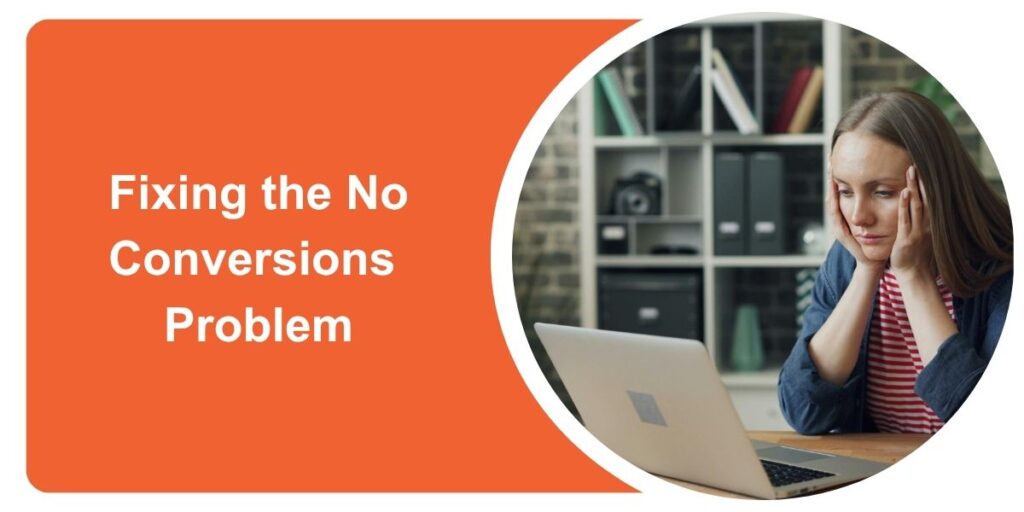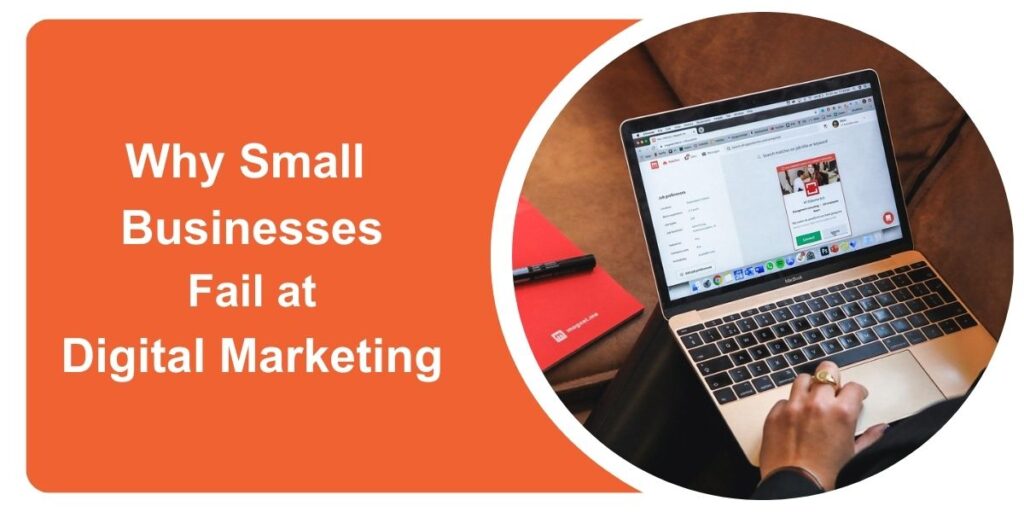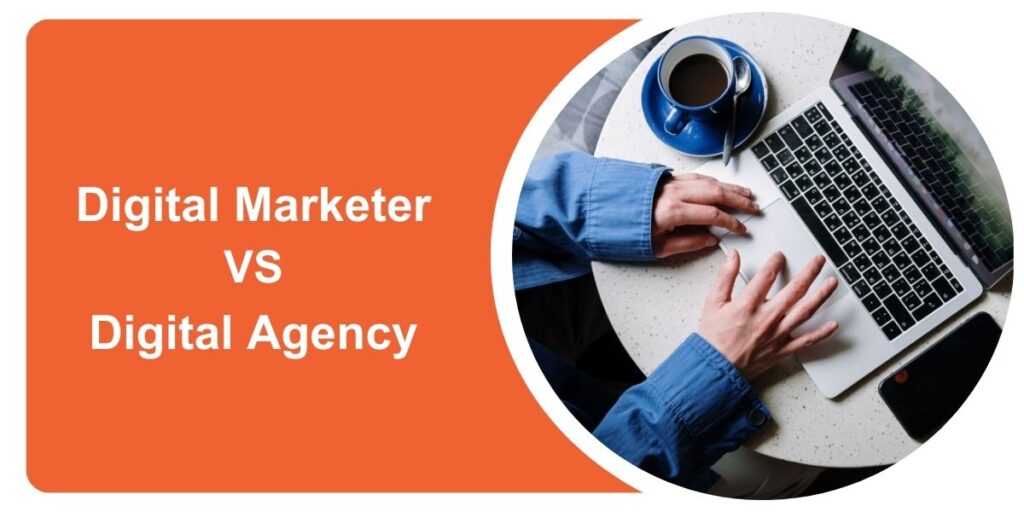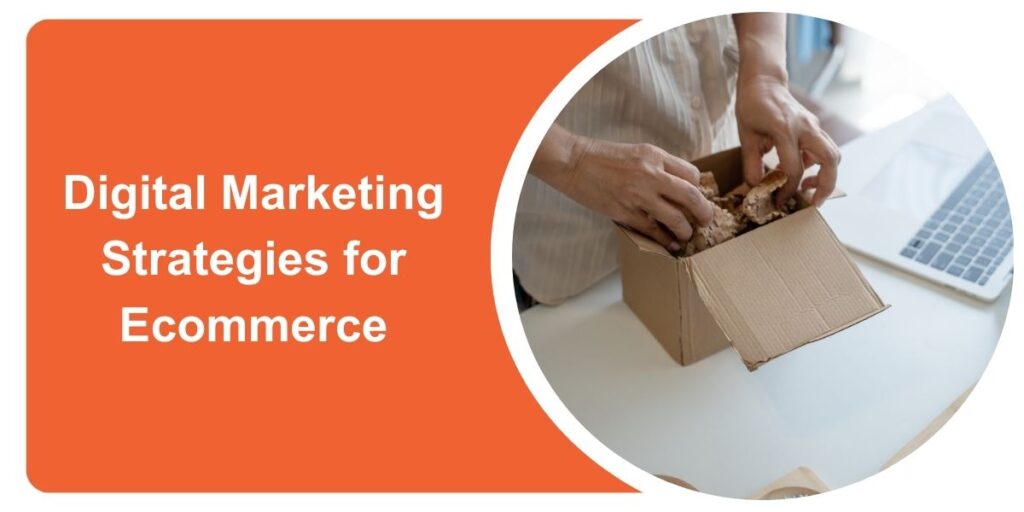
I’ve worked with countless businesses that celebrate when their website traffic finally takes off, only to feel frustrated when those visitors don’t turn into sales, sign-ups, or even basic inquiries. I’ve been there myself. It’s one of the most common challenges I see: high traffic, low (or no) conversions.
The truth is, conversions don’t just mean sales. They also include lead generation, newsletter sign-ups, booking requests, and any other meaningful action that moves your business forward. Let me break down why this happens and how I’ve learned to fix it.
Why Traffic Alone Doesn’t Guarantee Conversions
Early in my career, I used to think that if I could drive enough traffic, conversions would naturally follow. I quickly learned that wasn’t the case. Traffic is only valuable if it’s relevant traffic and if the website is designed to guide visitors toward action.
I’ve seen sites get thousands of daily visitors but fail to collect even one email address. That disconnect often comes down to targeting, messaging, or trust issues.
The Biggest Reasons Visitors Don’t Convert
Poor Targeting and Low-Intent Traffic
One common mistake I see is businesses focusing on broad keywords or ad targeting. For example, you might run ads for “leather wallets” but attract people who are just browsing rather than ready to buy. I’ve made that mistake myself with campaigns optimized for clicks instead of conversions, plenty of traffic, zero real leads.
Weak Value Proposition or Misaligned Offer
Another issue is when the product, service, or lead magnet simply doesn’t connect with what the visitor wants. I once worked with a client running ads for a free consultation, but the landing page sounded more like a sales pitch than expert guidance. Unsurprisingly, sign-ups were almost nonexistent.
User Experience Barriers
I can’t tell you how many sites I’ve reviewed that are simply too hard to navigate. From confusing menus to intrusive pop-ups and painfully slow load times, small friction points add up to huge losses in conversions.
Lack of Trust Signals
If your site doesn’t feel credible, people will leave. Missing policies, no testimonials, or stock-looking images send the wrong signal. In my own projects, I’ve noticed conversion rates jump significantly just by adding authentic customer reviews and clear refund policies.
Pricing or Offer Confusion
Sometimes visitors don’t convert because the pricing feels unjustified or the offer isn’t clear. If your products seem overpriced without proof of value, people won’t move forward.
How I Diagnose Conversion Problems
I’ve developed a simple process over the years to figure out where the problem lies.
Watch How Visitors Behave
Tools like Hotjar and Microsoft Clarity let me see heatmaps and recordings of real sessions. Watching how users scroll, click, and drop off reveals a lot more than analytics numbers alone.
Identify Funnel Drop-Offs
If people click the ad, view the landing page, but never reach the form or checkout, the problem isn’t traffic. It’s the page or offer. Analyzing funnel stages helps pinpoint the leak.
Check Landing Page Relevance
Ad messaging should always align with the landing page. If the ad promises a “free marketing audit” but the landing page promotes a paid package, there’s a clear mismatch that needs fixing.
My Go-To Strategies for Improving Conversions
Align Content With Intent
When someone is in research mode, it’s better not to push for an immediate purchase. Offering a guide or free tool can help capture their email. If they’re searching with transactional intent, they should land on a page that makes it easy to buy or book.
Simplify the Experience
Clean design, fast loading speed, and mobile-friendly layouts are non-negotiable. One redesign I did cut checkout steps in half and boosted conversions by 35% overnight.
Strengthen Calls-to-Action
Avoid vague CTAs like “Submit.” Instead, use specific, benefit-driven ones such as “Get My Free Report” or “Book My Strategy Call.” Testing these consistently improves results.
Build Trust Through Authenticity
Adding reviews, case studies, and even simple founder photos helps visitors connect with the brand. People buy from people, not faceless websites.
Optimize Lead Capture Forms
When I trimmed a form from six fields to three, conversions doubled. Less friction means more action.
Advanced Tactics That Make a Difference
Personalization
Tailoring offers to audience segments works wonders. For example, showing different lead magnets to small businesses versus enterprise clients can significantly improve sign-ups.
A/B Testing
Testing headlines, CTAs, and layouts is essential. For example, changing a headline from “Join Our Newsletter” to “Get Weekly Marketing Tips Delivered to Your Inbox” improved leads by 42%. In another campaign, switching the headline from “Start Cooking Now” to “Master Delicious Meals in 7 Days” increased sign-ups by 38%.
Retargeting Visitors
Most visitors won’t convert on the first visit. Retargeting with a softer offer, like a free resource, brings many of them back into the funnel.
Conversion-Focused Copywriting
Good copy doesn’t just describe; it persuades. Highlighting pain points and showing benefits turns more visitors into action-takers.
Sustaining Conversions for the Long Term
Track the Right Metrics
Always track conversion rates, cost per lead, and lifetime value. Traffic volume means little if it doesn’t translate into measurable results.
Continuous Optimization
Conversion rate optimization is not a one-off project. Treat it as an ongoing process of testing, learning, and improving.
Gather Real Feedback
Sometimes the best insights come directly from users. Surveys and quick follow-up emails asking “What held you back from signing up?” provide golden feedback.
Final Thoughts:
I’ve learned that traffic is just the starting point. Conversions, whether that’s sales, leads, or sign-ups, are what truly drive growth. By focusing on audience intent, building trust, and constantly testing and refining, I’ve been able to help businesses (and my own projects) turn visitors into paying customers and qualified leads.
If you’re getting traffic but no conversions, don’t get discouraged. It usually means there are just a few gaps to close between what your visitors expect and what your website delivers. Fix those and you’ll start seeing the growth you’re after.
FAQ

I’m a certified digital marketing expert with over 9 years of experience helping businesses grow through SEO, PPC, and content marketing. I focus on creating data-driven strategies that deliver measurable results and long-term growth.


